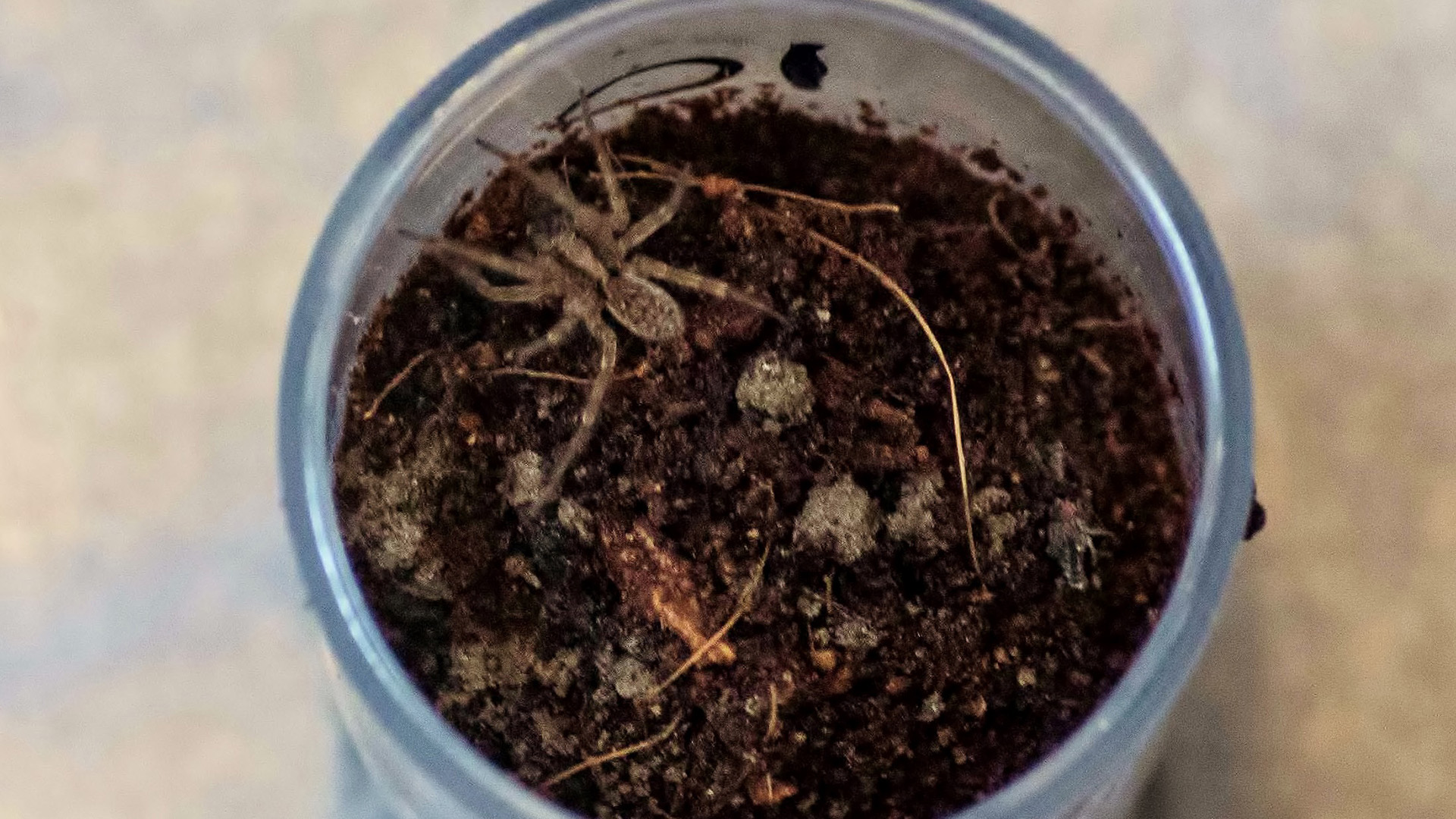
Rare Desertas wolf spider embrace a 'baby boom' in UK CGTN
The Desertas wolf spider : conservation strategy 2016-2022 Authors: Cardoso, Pedro, Bushell, Mark, Price, Mark R. Stanley, Year: 2016 Go to Full Library Record More Info Themes: Biodiversity Topics: Species conservation science, Species conservation action Related content Grey literature | 2023
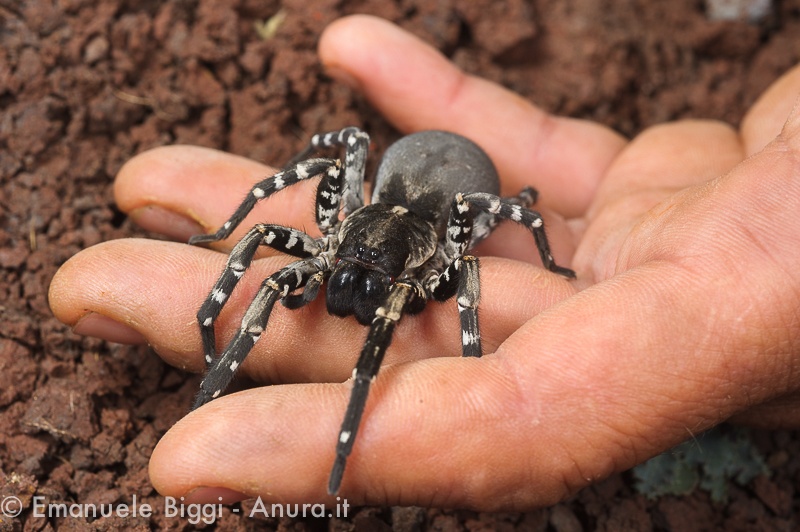
Meet Hogna Ingens aka Desertas Wolf Spider Ocean Retreat
The Desertas wolf spider Hogna ingens, endemic to Desertas Grande in Madeira, relies on burrows under rocks and crevices for protection. Studies at Bristol and Whipsnade Zoos investigated substrate preferences and various physical aspects of the environment that might promote burrowing behaviour. It is important that habitat preferences are understood for both captive husbandry and for future.

The Science Questionnaire
Common name(s) - Desertas Wolf Spider 1.2 Morphology • Weight: Not known at this time. • Leg-span: Large females can attain a span of 120mm (Bushell, pers. obvs. 2016), but generally the species at maturity is between 70-80mm. New hatched spiderlings are 4-5mm leg-span

Deserta Grande wolf spider, Madeira, Portugal Stock Image C046/3778 Science Photo Library
The Desertas giant wolf spider, H. ingens, is listed as "Critically Endangered" on the IUCN Red List of Threatened Species due to its narrow distribution range and the fact that the native.
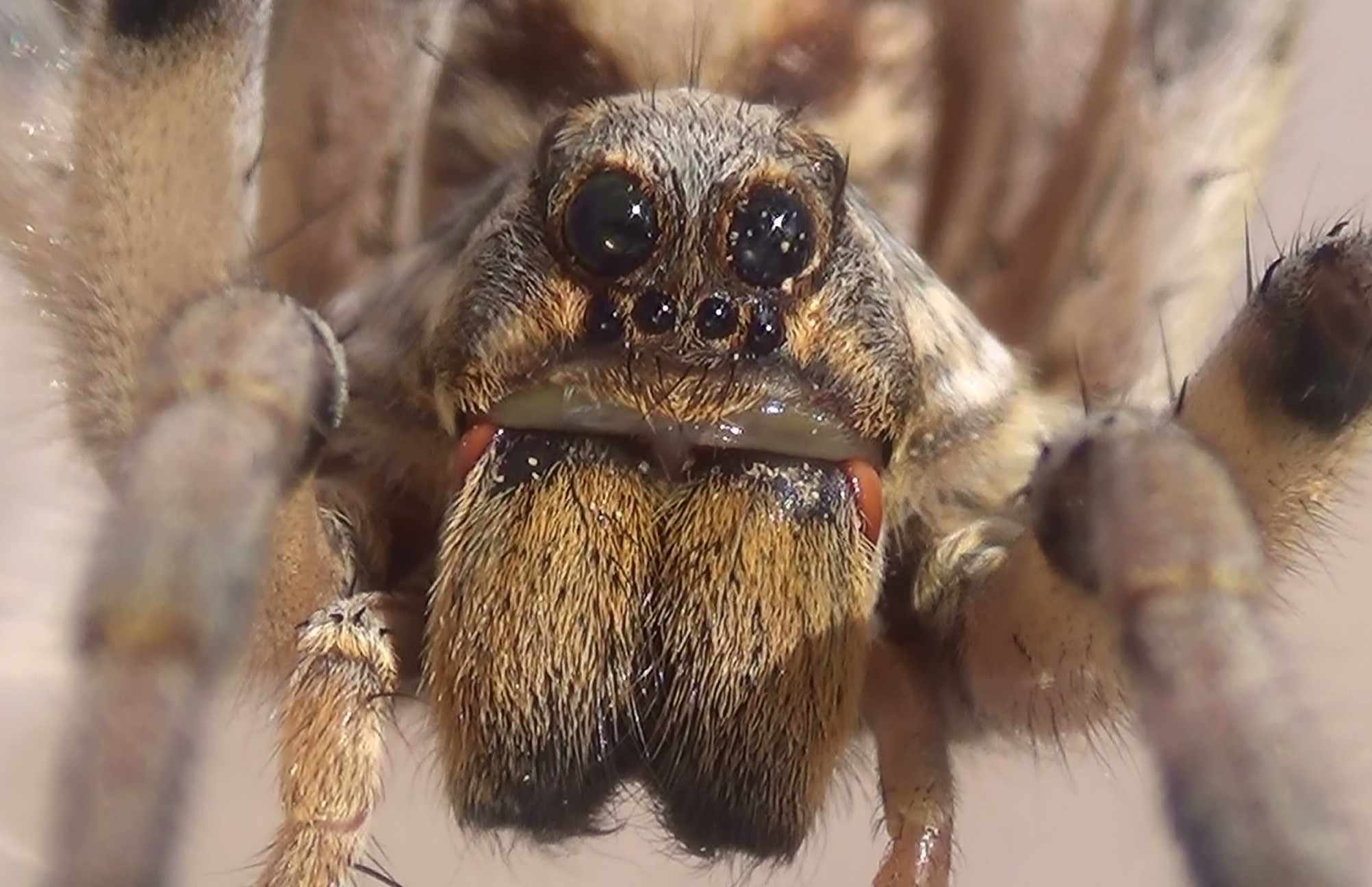
Desert Wolf Spider & Her Home Hogna carolinensis
The Desertas wolf spider (Tarântula das Desertas) Hogna ingens from Vale da Castanheira, Desertas Islands, Madeira, Portugal was described in 1857 by John Blackwall (1857). Despite having an impressive 40mm body size, very little is known about this species (Crespo et al.

Desertas Wolf Spider Breeding Wild Place Project
The Desertas wolf spider Hogna ingens (Blackwall 1857) is classified as Critically Endangered on the IUCN Red List (Cardoso 2014; Crespo et al. 2014). Originally described in 1857 and named

Desertas Wolf Spider (Hogna ingens) 27/12/2018 ZooChat
The Desertas Wolf Spider has a legspan of up to 13 centimeters and a body of around 4 centimeters. It is Europe's largest spider. Hogna Ingens is easily recognizable thanks to the white poke-dots on the legs. Unfortunately, Hogna Ingens is also one of the world's rarest species with only about 4000 specimens living in the wild.

Zoological Society of London reveals breeding success for rare spider species Jersey Evening Post
The ultimate lovely legs competition: the world's nine most beautiful spiders This burrow-dwelling, blue-legged tarantula is turning heads - and there are plenty of other charismatic eight-legged.

Wolf Spider BREEDING Success BCA Zoo
The Desertas wolf spider Hogna ingens, endemic to Desertas Grande in Madeira, relies on burrows under rocks and crevices for protection. Studies at Bristol and Whipsnade Zoos investigated.

Desertas Wolf Spider ZooChat
An adult female Desertas wolf spider carrying her young on her back at Bristol zoo. Photograph: Bristol Zoo/PA Spiders This article is more than 6 years old Bristol zoo gives rare spiders a.
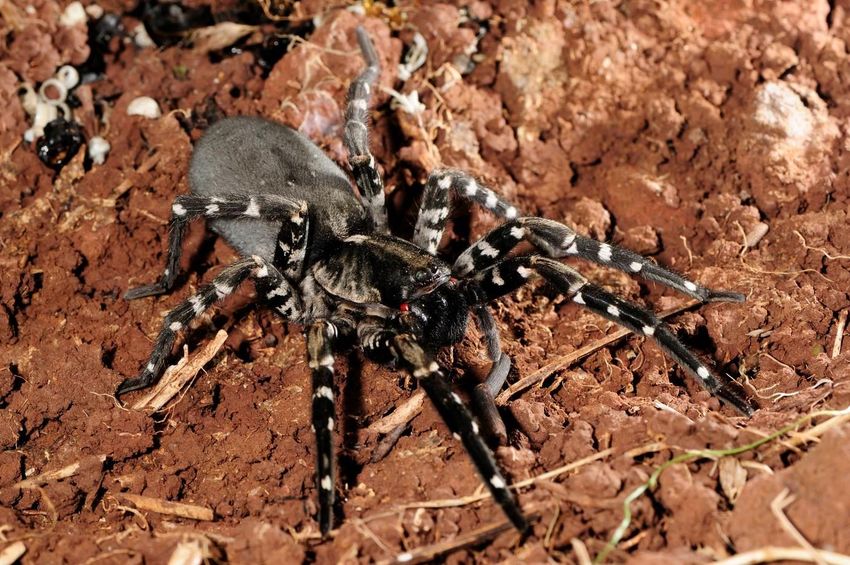
The Desertas Wolf Spider Conservation Strategy 20162022 Edited by Pedro Cardoso, Mark Bushell
The Desertas Islands (Madeira, Portugal) are the sole home of one of the largest and rarest wolf spider species, Hogna ingens (Blackwall 1857) (Araneae, Lycosidae). Despite its size, it inhabits a single valley in the North of the Deserta Grande Island, Vale da Castanheira, currently invaded by the herb Phalaris aquatica.This invasive species competes with the native flora and was subject to.
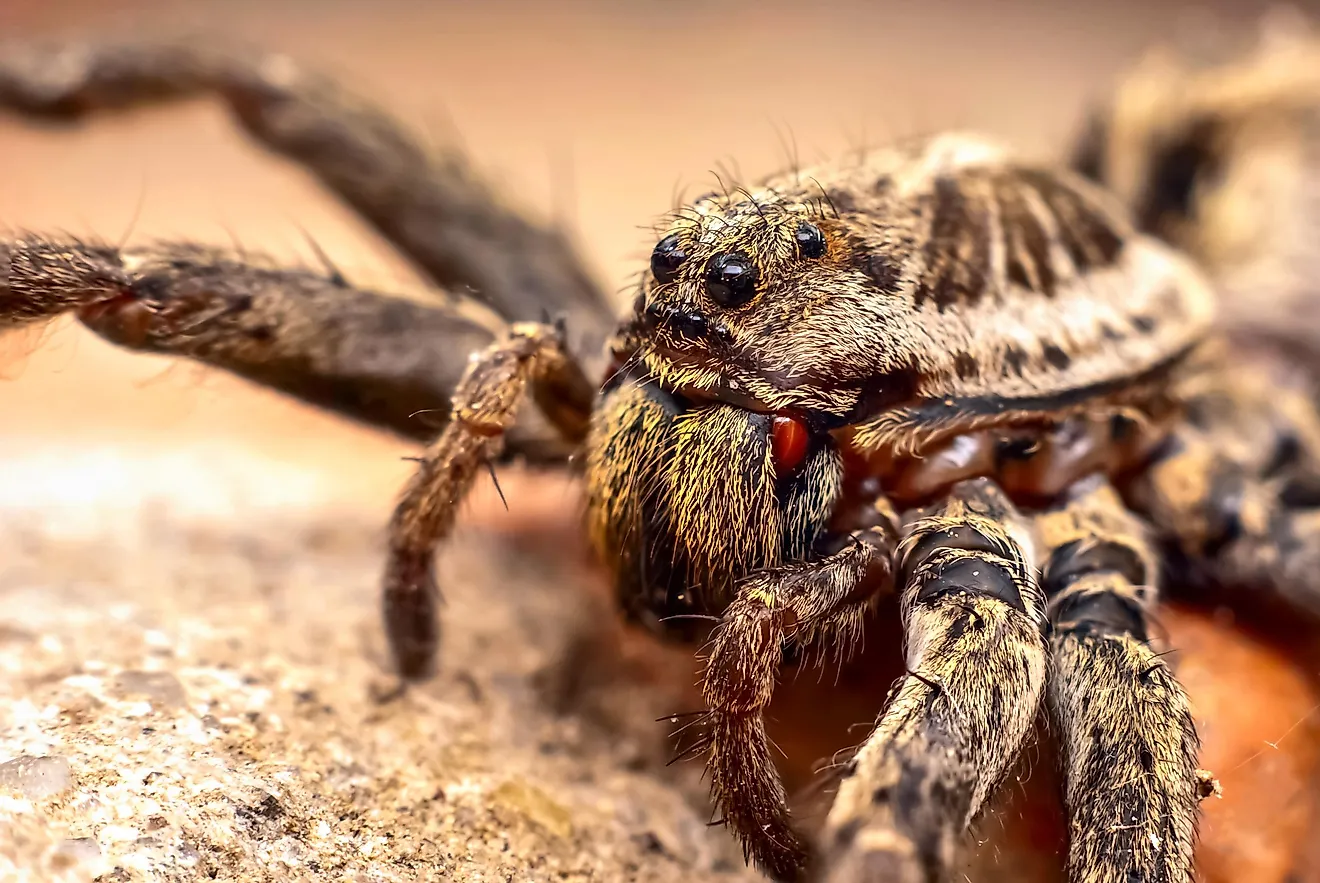
The Deadliest Spiders in the World WorldAtlas
Scientific Name: Lycosidae spp. Type: Invertebrates Diet: Insectivore Group Name: Cluster or Clutter Average Life Span: 1 year, rarely up to 18 months Size: Species range from 0.24 to 1.2 inches.

Rare baby Desertas wolf spiders hatch at Bristol Zoo BBC News
The Desertas wolf spider : conservation strategy 2016-2022 . Complete Title: The Desertas wolf spider : conservation strategy 2016-2022. IUCN Grey Literature. Author(s): Cardoso, Pedro; Bushell, Mark; Price, Mark R. Stanley; Organization(s): IUCN Species Survival Commission (SSC)
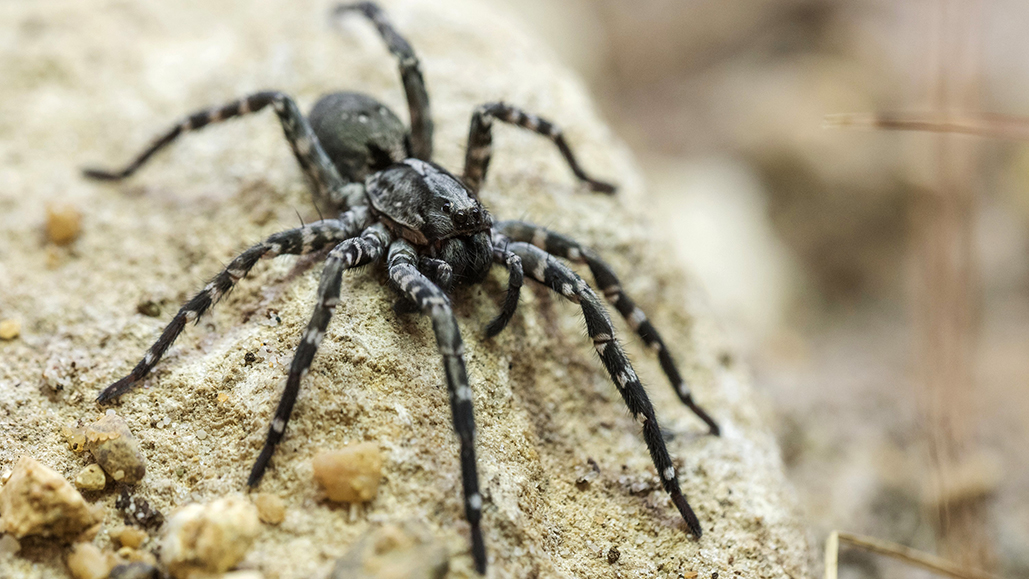
Rare Desertas wolf spider embrace a 'baby boom' in UK CGTN
Spider conservation at Whipsnade Zoo Populations of Desertas wolf spiders are at critically low levels on their native Desertas Grande island in Madeira, due to an invasive grass with a strong root system, which restricts the spiders from burrowing. Unable to create shelter or hiding spaces, the spiders become an easy target for.

Desertas Wolf Spider ZooChat
The Desertas Islands (Madeira, Portugal) are the sole home of one of the largest and rarest wolf spider species worldwide, Hogna ingens (Blackwall, 1857) (Araneae, Lycosidae). Despite its size, it inhabits a single valley in the north of the Deserta Grande Island, Vale da Castanheira, currently invaded by the non-native grass Phalaris aquatica.
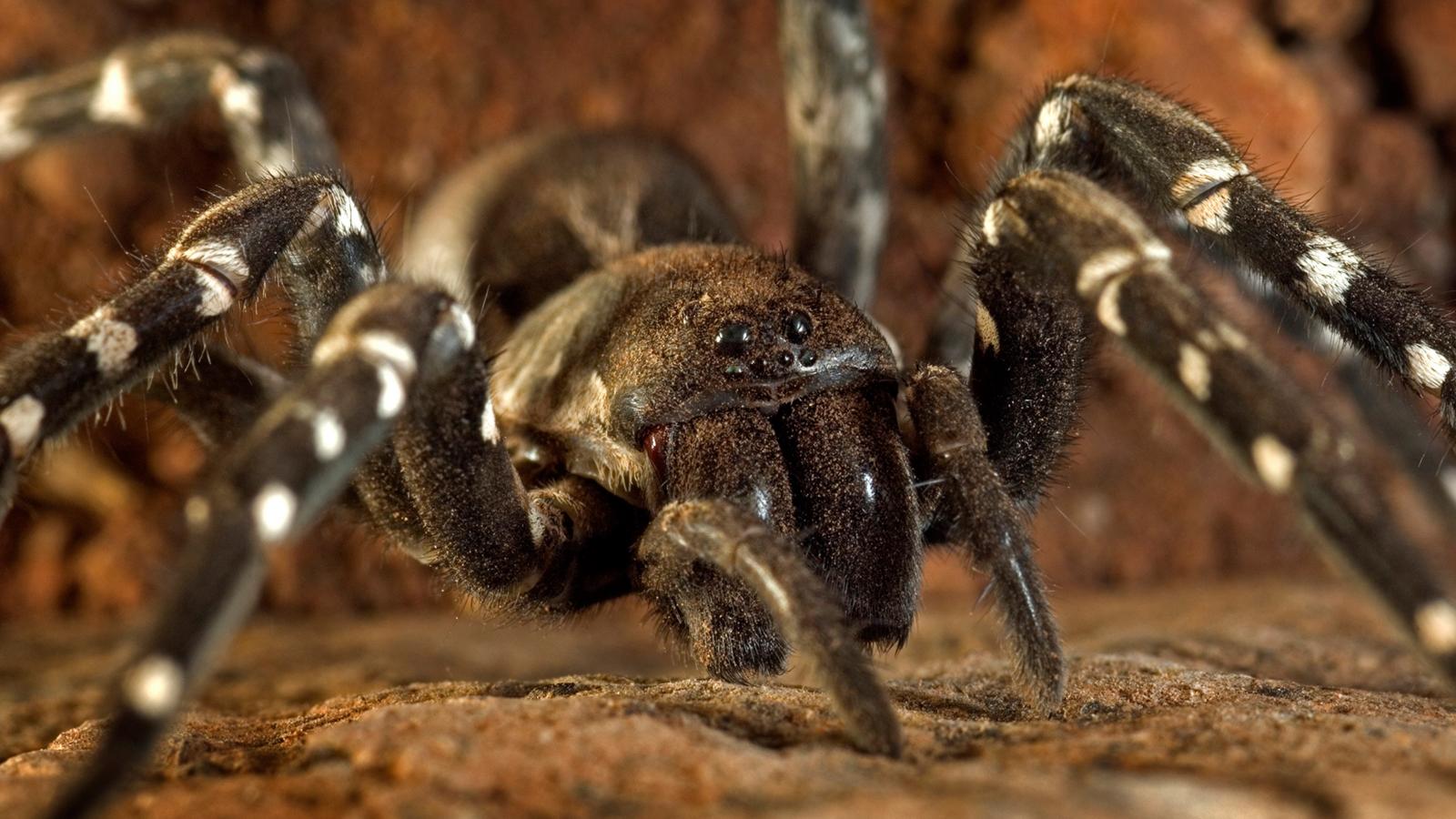
The world’s largest spider is the size of a dinner plate The Muslim Times
Programme roles • Population restoration Restore the ecosystem and re-stock the population over the next 5-7 years to reintroduce a portion of the captive population depending on how the ecosystem restoration goes. • Insurance population Given its an endemic species with limited habitat, default is in this case to insurance the population.